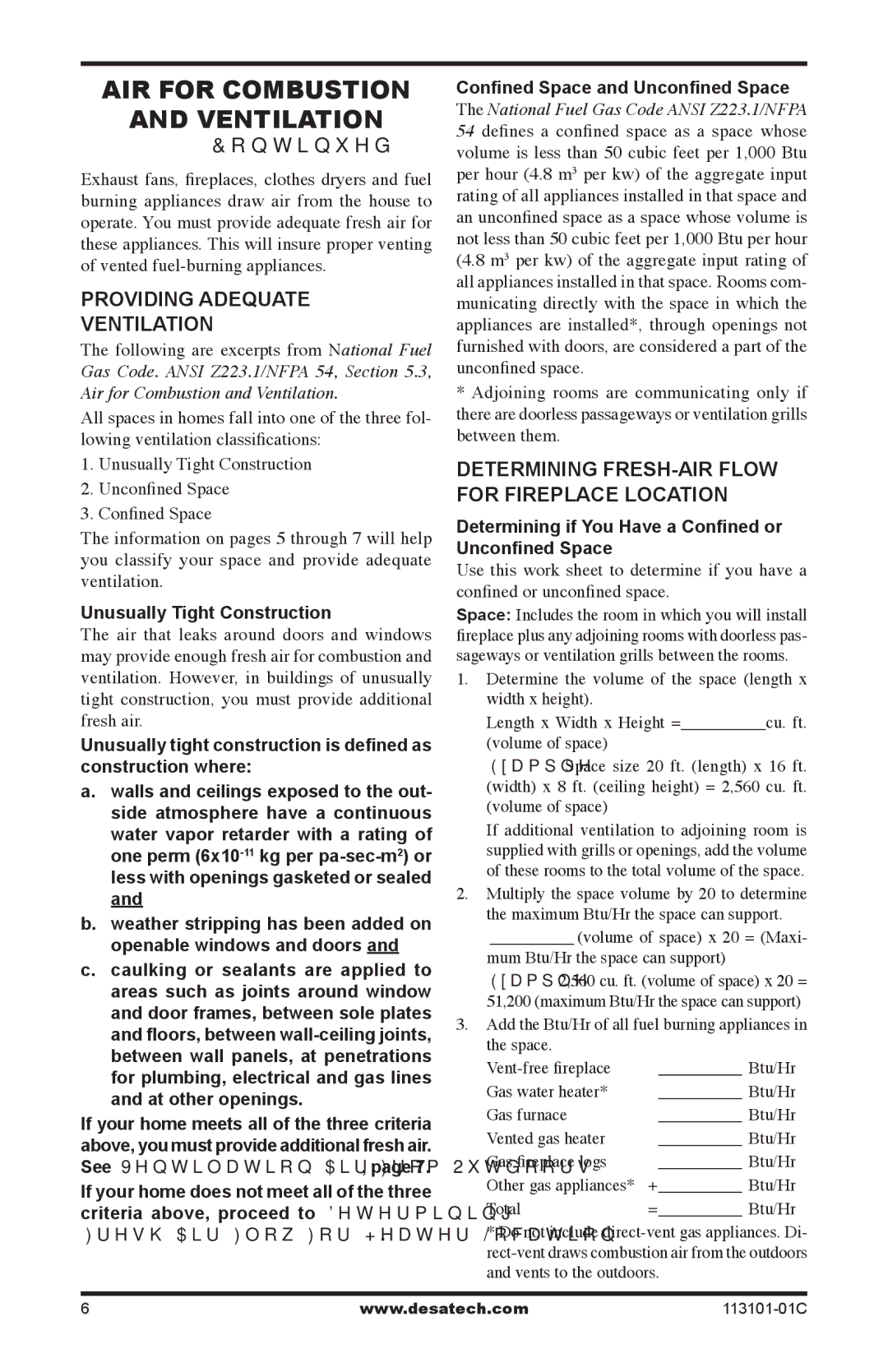CGS2718PA, CGS2718NA, CGS3124PA, CGS3124NA, SGS3124PA, SGS3124NA,CLD3018PTA, CLD3018NTA, CLD3924NTB, CLD3924PTB specifications
The models Desa CGS2718PA, CGS2718NA, CGS3124PA, CGS3124NA, SGS3124PA, SGS3124NA, CLD3018PTA, CLD3018NTA, CLD3924NTB, and CLD3924PTB are part of a versatile range of consumer appliances that combine modern technology with practical design. Each model brings its unique set of features aimed at enhancing user experience while maintaining high performance and efficiency.Starting with the CGS series, the CGS2718PA and CGS2718NA are known for their compact sizes, making them ideal for smaller spaces without compromising functionality. They offer advanced digital controls, providing users with precise temperature settings and easy operation. Both models feature a sleek design, available in contemporary finishes that complement modern kitchen aesthetics.
The CGS3124PA and CGS3124NA expand on these features, offering greater capacity and additional functionalities such as enhanced cooking modes. These models incorporate the latest multi-cooking technology, allowing users to steam, bake, and roast with ease. Their energy-efficient systems help reduce power consumption while delivering great performance.
In the SGS series, both SGS3124PA and SGS3124NA prioritize efficiency and durability. Their robust construction is designed to withstand the rigors of daily use, while their intuitive controls simplify operation. These models are equipped with smart sensors that monitor cooking conditions and adjust settings automatically, ensuring optimal results every time.
Moving to the CLD series, the CLD3018PTA and CLD3018NTA are designed for versatility, featuring multiple cooking settings that cater to diverse culinary needs. These models excel in user-friendly interfaces, making meal preparation accessible to everyone, from novice cooks to experienced chefs.
The CLD3924NTB and CLD3924PTB stand out with their larger capacity and advanced technology that includes self-cleaning options, programmable timers, and compatibility with smart home systems. This adds another layer of convenience to the cooking process, allowing users to plan meals according to their schedules.
Overall, these models offer a comprehensive approach to modern cooking with an emphasis on efficiency, ease of use, and stylish design. They not only meet the demands of everyday cooking but also enhance the overall experience in the kitchen, making them a valuable addition to any home.

